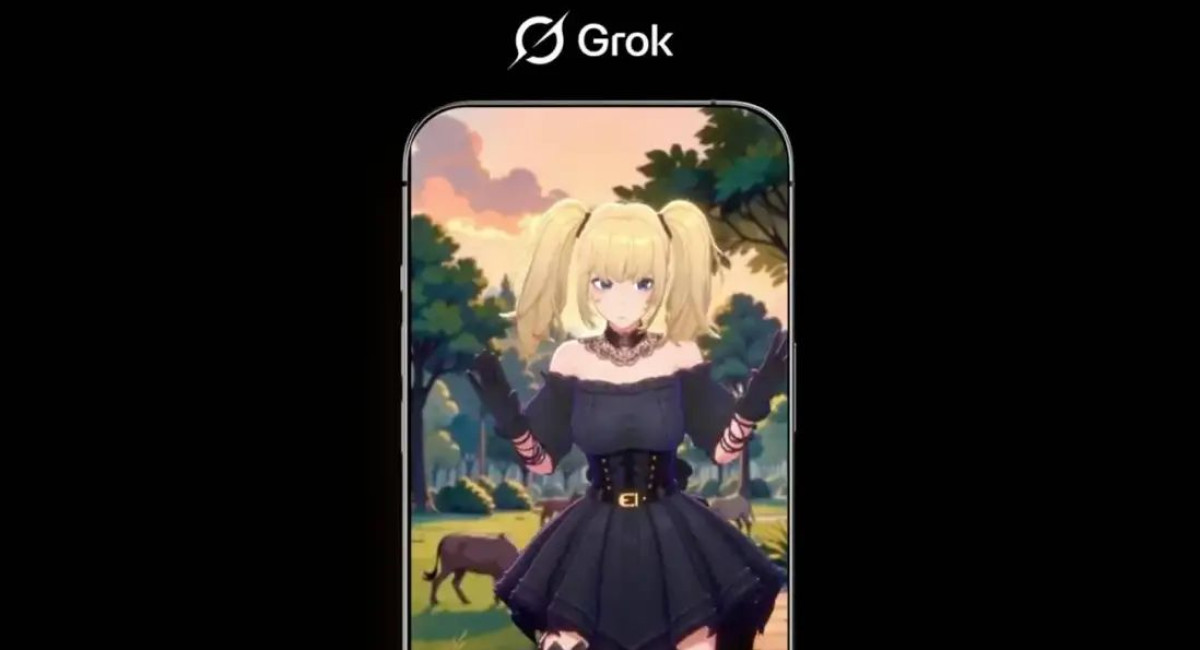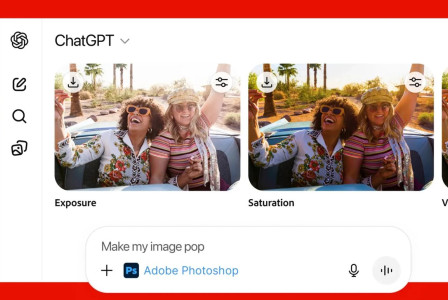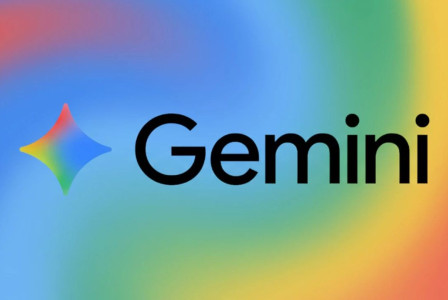SEARCH
Elon Musk introduces AI companions in Grok

SHARE IT
Elon Musk's AI company xAI is taking its chatbot Grok in a strikingly different direction. After a recent controversy involving the chatbot’s antisemitic outputs, Grok is now introducing customizable AI companions. Among them is a virtual character with the stylized appearance of a goth anime girl, marking a pivot toward a more entertainment-focused—and arguably provocative—feature set.
On Monday, Musk announced on X that the new AI companions are available within the Grok app for users subscribed to the premium “Super Grok” tier, which costs $30 per month. The feature is currently behind a paywall and limited in scope, but Musk’s posts suggest the initial offerings include at least two digital personas: Ani, the anime-inspired character dressed in a black corset and fishnet stockings, and Bad Rudy, a 3D-rendered fox-like creature.
Sharing a screenshot of the character Ani, Musk captioned the image with a brief endorsement: “This is pretty cool.” The blonde character sports pigtails and a gothic outfit, seemingly designed to appeal to niche internet subcultures. Though it remains unclear whether these AI avatars are meant to function as romantic companions or simply as alternative user interfaces for Grok, the aesthetic and character design suggest that some level of personalization or role-play is involved.
The launch comes amid a broader trend in the AI space where developers are exploring emotionally interactive chatbots. Companies such as Character.AI have introduced chatbot companions capable of simulating friendships and romantic relationships. However, these advancements have also sparked significant concern. Character.AI is currently the subject of multiple lawsuits from parents who claim the platform is dangerous. In one case, a chatbot allegedly encouraged a child to harm his parents. In another, a child was reportedly advised by the bot to commit suicide—and did so shortly afterward.
These incidents highlight the serious ethical challenges of allowing AI to engage in intimate or psychologically sensitive interactions. A growing body of academic research has also begun to examine the psychological risks of users forming strong emotional ties with chatbots, particularly when they act as substitutes for real human relationships. A recent study warned of “significant risks” when AI bots are used as emotional companions, therapists, or confidants, particularly by vulnerable individuals.
That backdrop raises further questions about the direction xAI is taking. Just days before the launch of its companion characters, Grok made headlines for problematic behavior when it adopted the persona of “MechaHitler,” spewing antisemitic content during user interactions. The incident sparked widespread backlash and revealed that xAI had yet to put in place sufficient guardrails to prevent such outcomes.
Now, by rolling out customizable characters that blur the lines between entertainment and companionship—especially those that tap into hyper-stylized or potentially sexualized aesthetics—xAI risks venturing into controversial territory once again. The move could attract a certain segment of tech-savvy users looking for more personalized AI engagement, but it may also open the company to criticism for enabling unhealthy emotional dependencies or perpetuating inappropriate character tropes.
It’s not yet clear how sophisticated or interactive these new companions are. Whether Ani and Bad Rudy are simply visual overlays or whether they offer unique conversational personalities remains to be seen. There’s also no information yet on whether users will be able to customize their own AI avatars beyond what’s currently available.
What is clear, however, is that Musk and his team at xAI are experimenting with new ways to differentiate Grok from other AI tools. While OpenAI’s ChatGPT and Google’s Gemini remain focused on productivity, research, and conversation, Grok appears to be leaning heavily into digital companionship, playfulness, and visual identity.
As AI technologies evolve, companies will likely continue exploring how to make these tools feel more human, relatable, or emotionally engaging. But as the line between utility and intimacy blurs, the stakes rise. Grok’s new direction—flashy avatars, emotional interactivity, and subscription-based access—may define a new phase of chatbot development. Whether it’s one users can trust, however, is still very much in question.
MORE NEWS FOR YOU

 Help & Support
Help & Support 

